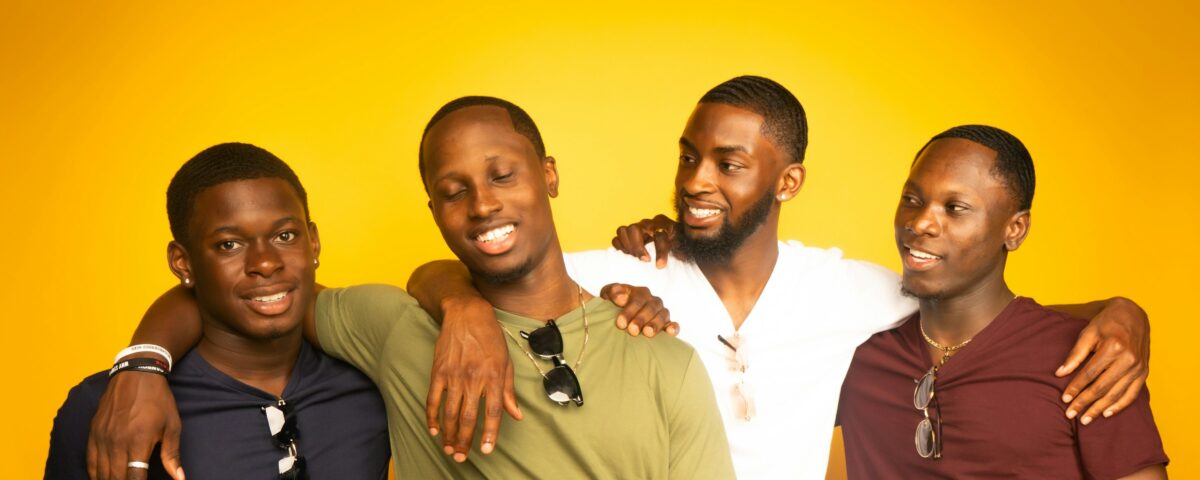
Attachment Styles
March 27, 2024
Attachment Styles Q&A: Adult Relationships
April 10, 2024Origin of Social Bonding
Attachment styles aren’t a matter of preference. You didn’t decide which style you have. Humans are social primates; you are hard wired to attach (create cognitive and emotional connections) to a handful of core people. I am going to call these people your village. As an infant, this is a matter of survival. As a nearly helpless newborn you made eye contact with, and curled your little fingers around the hand (or hair) of, the bigger people who took care of you. You participated in “serve and return behavior.” You cried, they picked you up. You smiled, they smiled back and talked to you. You babbled and they were sure you said their name! Later you used them as a secure base while you first toddled and later ran off to explore then came back to rest, share, and recharge. As a tiny human you did all you could to connect. Mostly the bigger people did the same.
In a healthy parent-child duo the two will “sync” about 30% of the time. This is the cooing to smiling, reaching and hugging moments. The rest of the 70% all of us are simply doing our best. You were fussy and wouldn’t stop crying no matter what the adult did. You were hungry and the adult kept driving the car, or taking a shower or making your dinner and got to you as soon as they could. Secure attachment is formed when the tiny person comes to know, in a knowing that is deeper than words, that one of their village will be there in a predictable way. Little humans develop anxious or avoidant attachment when things are less predictable. Sometimes terribly so, other times because life isn’t perfect and most of us are doing the best we know how.
Molded This Way and That
But then the story wasn’t over. As you became a bigger kid other relationships impacted your attachment style. That coach, aunt, or teacher who was there for you increased your sense of security. Your best friend’s family who basically adopted you increased your sense of trust or taught you the power of clear communication. It might even have been someone your own age – a very best friend or first true love whose loyalty and kindness changed your view on relationships. These aren’t conscious decisions you make; it is a deeper learning about where and with whom you can drop your guard and truly relax. You find new ways to state your needs and realize you are seen differently. Your close adolescent, and adult relationships, modify your attachment style to be more or less secure, anxious, or avoidant over time.
Sadly, bad experiences also impact your attachment style. Betrayals and abandonment leave the lesson that trusting isn’t safe. Perhaps you learn that it is best to keep your distance and to rely on yourself. Conversely, you may get the message that it is wise to stay close and to be extremely cooperative. In some relationships, you may have learned to be constantly on guard. You needed to change your behavior in response to the other person’s mood to be safe and cared for. Again, these aren’t conscious decisions, your attachment system is an integral part of being human.
Resilient Together
Social bonds are so important to us as humans that developmental experts believe the whole reason we have language (and music) is to create attachments. One human alone in the woods is vulnerable. A group of humans who are there for one another, and who can call each other across distances is formidable. Your brain knows you need your village to survive. Attachment, at its most basic, creates literal safety and security, allowing for the resilience of each one of us. So here you are, an adult with an attachment style that was first formed in infancy and impacted by all your closest relationships, from then to now.
Attachment is part of how you stay resilient – relying on others, standing alone when needed, calling out for help, and building relationships. As an adult, you can explore your attachment style and adjust your approach as you see fit. In the next blogs, I will answer questions that I have been asked from readers in response to my first blog. Feel free to send any questions you have to resilience@learnmodelteach.com and I will incorporate them (anonymously) into future posts.
Peace,
Laura A. Gaines
To learn more, explore learnmodelteach.com for tools, videos, and coaching opportunities.





